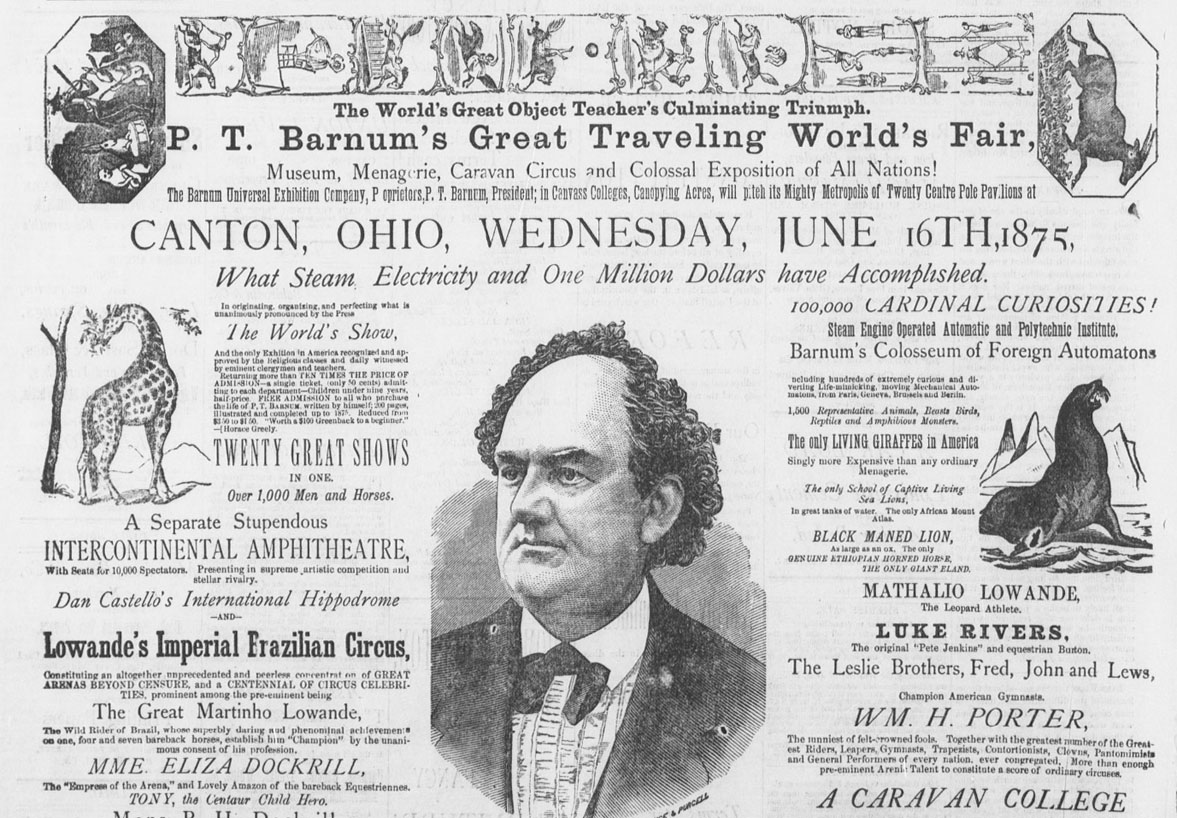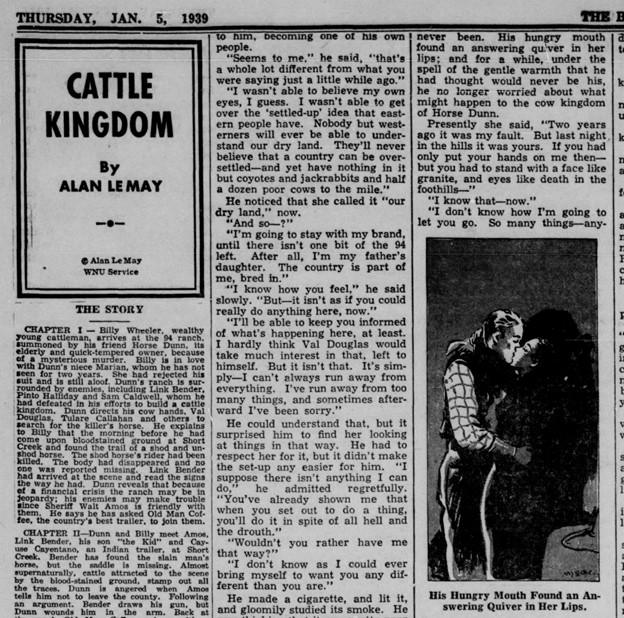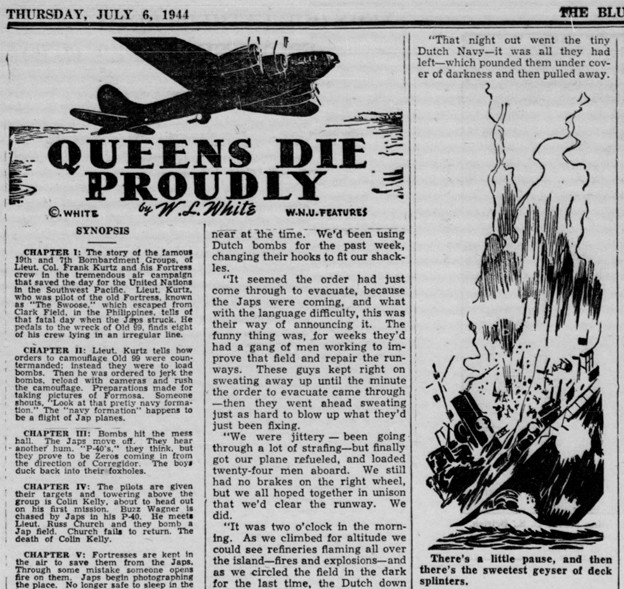One-in-a-Million Pages

It’s official! Through Ohio Memory and the National Digital Newspaper Program, we’ve digitized 1 MILLION newspaper pages! Still, there are many more newspapers in Ohio to digitize! So how did we choose which papers went into our first million pages, and how will we choose the next million and beyond? We ask two very important questions to guide our selection process. First, can we digitize this newspaper? Then, should we digitize it? Let’s dig in.
We can’t digitize something we don’t have. The first step is identifying a newspaper title in our collection that’s physically in shape for digitization.
As part of the National Digital Newspaper Program (NDNP) grant, we digitize from microfilm, so we check that the images on the film are clear and legible. If we’re digitizing from hard copy, it’s important to choose a newspaper whose print is not too damaged to show up clearly on the screen.

When choosing between two well-conditioned titles, a complete run is more valuable than an incomplete run of a newspaper. Although missing a few years won’t disqualify a title with decades of otherwise consecutive issues on hand, we simply can’t digitize what we don’t have. Besides, sparsely-filled calendars just aren’t as appealing to researchers, who might be looking for a specific detail, or for patterns that can only be detected with consistent data.
We select titles whose distinctions make the case for funding, which enables us to digitize newspapers in the first place. Newspapers with important records like birth and marriage announcements, obituaries, legal notices, or unique content tend to make a stronger case for selection than newspapers that lack these items. We must also consider whether a potential selection has complementary value to what already exists online. Does it fill gaps in representation, from geographical areas, time periods, or social groups, or otherwise help tell a story? If so, that newspaper title makes it to the short list for digitization. Since Ohio Memory staff don’t know all there is to know about Ohio’s newspapers (at least not yet!), we regularly consult with internal and external colleagues with expertise in various areas of Ohio history to help us narrow down which titles would be strong candidates for digitization.
Lastly, a newspaper may fall out of favor if it’s already been digitized by someone else. No need to duplicate that effort!
There is another barrier to digitization to consider: we can’t digitize something we don’t have rights to digitize. Which rights? Copyrights!
Did you know that all the newspapers on Chronicling America (those digitized by the Ohio History Connection as part of the National Digital Newspaper Program, sponsored jointly by the Library of Congress and the National Endowment for the Humanities) are in the public domain? That means no singular person or group owns the contents of those newspapers, so you can use, reuse, and transform any of the words or pictures that you find there. This isn’t always the case for newspapers on Ohio Memory; check with the holding institution before publishing that “greatest hits of the 70s” scrapbook!

So how do we know if a newspaper is in the public domain? One easy trick is to see if it was published before the rolling public domain date. As of January 1, 2020, anything published before January 1, 1925, (as in, all of 1924 or earlier) has rolled into the public domain. For works first published between 1925 and 1964, their copyright must have been correctly registered at the time of publication, and renewed 28 years later.
Luckily, the U.S. Copyright Office dutifully entered copyright registrations and renewals in their Catalog of Copyright Entries. As part of the NDNP selection process, we check the Catalog of Copyright Entries for 27, 28, and 29 years past each year we plan to digitize. If the newspaper title, or the name of the publisher, appear in any of these renewals sections, then we know that the paper is still under copyright, and cannot be digitized.
However, it’s not just the newspapers themselves that can be copyrighted. Sometimes the art, creative stories, and even some news articles can be copyrighted separately. We search the paper to see if there are any independently-copyrighted materials, and check that information in the Catalog of Copyright Entries as well.
For example, the Bluffton News will be added to Chronicling America this fall. For the digitized years 1939-1959, we checked the years 1966-1977 in the Catalog of Copyright Entries “Periodicals” section, and the Copyright Office Online Records Catalog (1978-1988). However, we also found some serially-published book chapters (one a western, one a World War II story). We checked that title and author (or distributor) in the “Contributions to Periodicals” section of the Catalog of Copyright Entries to make sure we weren’t violating copyright by digitizing it within the context of the newspapers. It’s generally estimated that less than 15% of copyrights were renewed during this period, which means that there’s tons of content we can digitize for everyone to read for free online!
One last important note: just because you can’t get a hold of a rights holder, doesn’t mean they don’t hold those rights. These works, known as “orphan titles,” are still protected. On the flip side, just because a newspaper is still publishing, that doesn’t mean we can’t still digitize what’s in the public domain. Still, as a gesture of good faith, we reach out to current publishers to let them know of our efforts. Most of the time, they’re delighted to hear it and wait for the pages to go online just as eagerly as we do!
As you can see, there’s a lot of work that goes into the selection of a million pages’ worth of newspapers. Let’s see how many we can do in Ohio’s next 20 years!
Thank you to Jen Cabiya, Project Coordinator for the National Digital Newspaper Program in Ohio, for this week’s post!
Ohio Memory is celebrating 20 years! Visit our blog all year long to learn more about our program, partners and collections.



Leave a Reply
You must be logged in to post a comment.